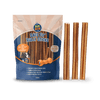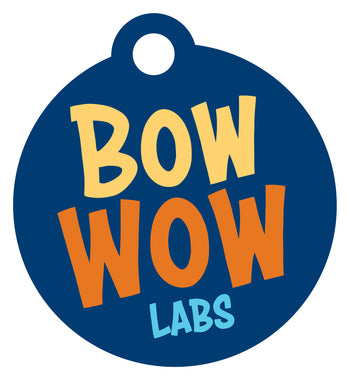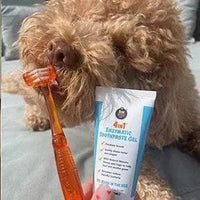A healthy diet, with appropriate serving sizes, is fundamental to your dog's well-being. Whether you have a playful puppy, an active adult or a senior dog, portion control ensures they receive the right nutrients while maintaining a healthy weight. In this guide, we’ll break down how much to feed your dog based on their age and weight, feeding frequency and how different food types impact their diet.

How Much Should You Feed Your Dog?
There is no one-size-fits-all answer to feeding your dog. Several factors influence how much food they need each day, including:
- Age: Adults, seniors and puppies have different nutritional requirements.
- Weight & Size: Larger dogs generally require more food than smaller breeds.
- Activity Level: Active dogs burn more calories and may need larger portions.
- Food Type: Dry kibble, canned food and homemade diets all have different calorie densities.
By understanding these factors, you can better determine your dog’s ideal daily portion size.
How Many Times a Day Should You Feed Your Dog?
The number of meals your dog should have daily depends on their age:
- Puppies (Under 6 months): 3–4 meals per day
- Adult Dogs (6 months - 7 years): 2 meals per day
- Senior Dogs (7+ years): 2 meals per day (or smaller, more frequent meals to ease digestion)
Feeding at consistent times each day helps regulate metabolism and digestion, keeping your dog on a healthy routine.
Feeding Charts: How Much to Feed Your Dog by Weight
To help you determine the correct portion size for your dog, use the feeding charts below. These are general guidelines, so always check the specific calorie content of your dog’s food and consult your vet for personalized advice.
Feeding Chart for Puppies
| Puppy Weight (lbs.) | Daily Food (cups) | Meals per Day |
|---|---|---|
| 3–5 lbs. | ¹/3 – ½ | 4 |
| 5–10 lbs. | ½ – 1 | 3–4 |
| 10–20 lbs. | 1 – 1½ | 3 |
| 20–50 lbs. | 1½ – 2½ | 3 |
| 50+ lbs. | 2½ – 4 | 2–3 |
Feeding Chart for Adult Dogs
| Adult Dog Weight (lbs.) | Daily Food (cups) | Meals per Day |
|---|---|---|
| 5–10 lbs. | ½ – ¾ | 2 |
| 10–20 lbs. | ¾ – 1½ | 2 |
| 20–50 lbs. | 1½ – 3 | 2 |
| 50–100 lbs. | 3 – 5 | 2 |
Feeding Chart for Senior Dogs
| Senior Dog Weight (lbs.) | Daily Food (cups) | Meals per Day |
|---|---|---|
| 5–10 lbs. | ¹/3 – ½ | 2 |
| 10–20 lbs. | ½ – 1 | 2 |
| 20–50 lbs. | 1 – 2 | 2 |
| 50+ lbs. | 2 – 4 | 2 |
How Does Dry Food, Canned or Homemade Food Affect a Dog’s Diet?
The type of food you choose affects portion sizes:
- Dry Kibble: Most calorie-dense; requires the least volume per meal.
- Canned Food: Higher moisture content; requires more volume to meet calorie needs.
- Homemade Diets: Can vary in calorie density; should be balanced with vet guidance.
When switching between food types, adjust portion sizes accordingly to maintain proper calorie intake.

Feeding Your Dog to Control Weight
If your dog needs to lose or gain weight, consider these adjustments:
- For weight loss: Reduce portion size by 10–20% and increase exercise.
- For weight gain: Increase portion size gradually and ensure high-quality protein sources.
- Monitor body condition: You should be able to feel your dog’s ribs without excessive fat covering but not see them visibly protruding.
Tips for Feeding Your Dog the Right Amount
To ensure your dog gets the right amount of food:
- Use a measuring cup to avoid overfeeding.
- Pay close attention to their weight and shape, then change serving sizes as necessary.
- Avoid feeding excessive treats (should be less than 10% of daily calories).
- Keep a consistent feeding schedule for better digestion.
- Provide fresh water at all times.
Final Thoughts on Feeding Your Dog
Feeding your dog the right amount is key to their long-term health and happiness. By following these feeding charts and tips, you can ensure your pup maintains a healthy weight and gets the nutrition they need. If you’re ever unsure about portion sizes or dietary changes, consult your veterinarian for personalized guidance.
















